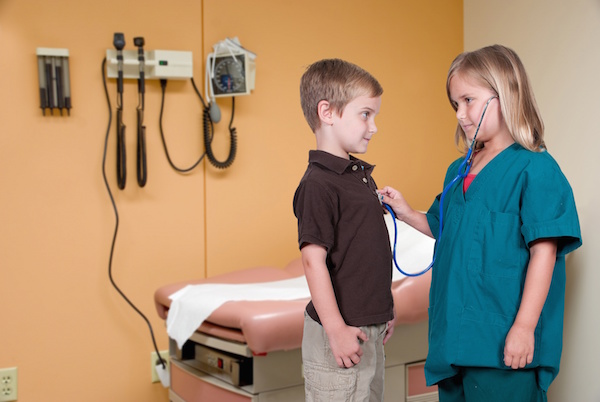
THURSDAY, Oct. 13 (HealthDay News) — Although busy intersections and well-connected streets are convenient for active adults, they may discourage children from playing outside, a new study suggests.
Canadian researchers report that living in areas with busy through streets may take a toll on the amount of exercise children get.
“We’ve known for a while that high street connectivity — well-connected streets and a high density of intersections in a given area — helps adults stay physically active since it makes it easier and more efficient for them to walk to work or a local store,” lead researcher Graham Mecredy, a graduate student in the Queens University Department of Community Health and Epidemiology, said in a news release. “However, our findings suggest that high street connectivity has the opposite effect on children’s physical activity.”
After analyzing a survey of school-aged children, researchers found that kids aged 11 to 16 who lived in neighborhoods with well-connected streets were less physically active than those who live around poorly connected streets or dead ends.
“Playing street hockey is an example of how street connectivity and density can influence the physical activity of youth,” explained Mecredy. “When traffic increases, or when you don’t have access to a quiet cul-de-sac, the game and the associated physical activity may both disappear.”
In a separate study, the researchers noted that since areas with poorly connected streets promote more outdoor play, they are also linked to an increase in minor biking injuries. They added that measures to promote safe bike riding in the street could help reduce the number of these incidents.
The researchers concluded the findings should be used to improve the level of physical activity among children.
The findings were published recently in the International Journal of Environmental Research and Public Health and Injury Prevention.
More information
The U.S. National Institutes of Health provides more information on children and exercise.

